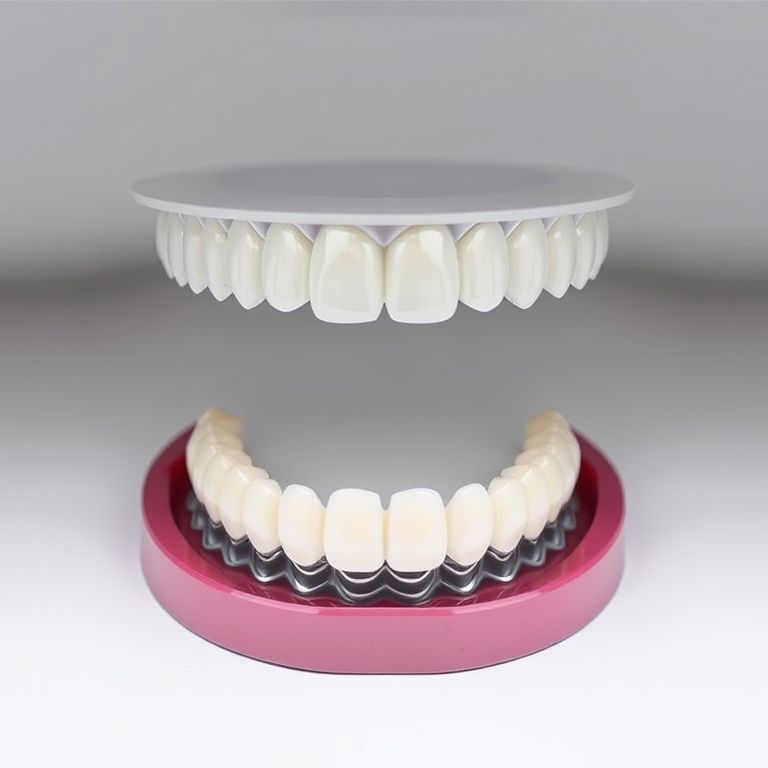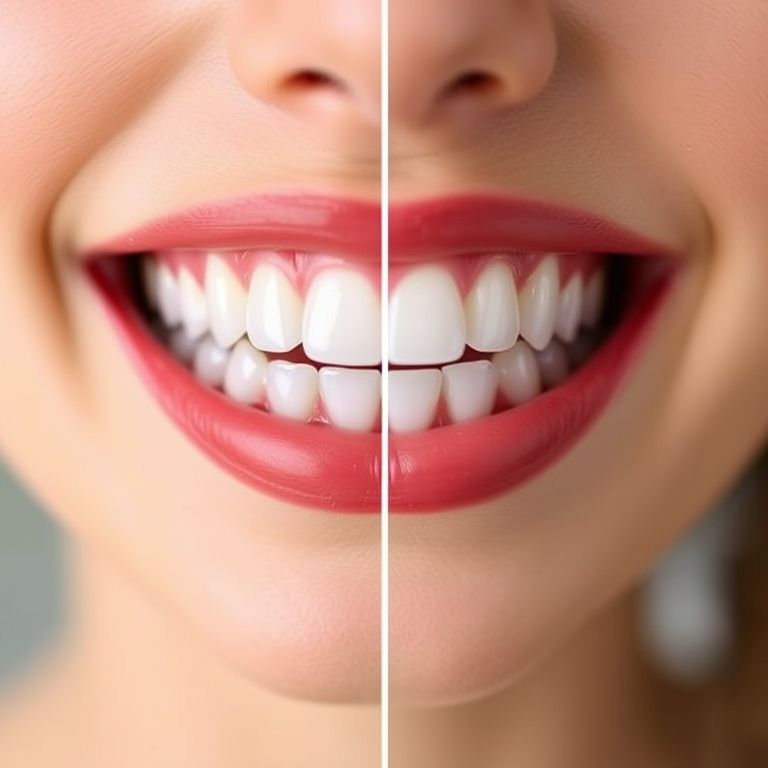cost of braces vs invisalign and Treatment Comparison
Orthodontic treatment has evolved significantly over the years, offering patients more choices than ever before. Two of the most popular options—traditional braces and Invisalign—each come with their own advantages, drawbacks, and costs. If you’re considering straightening your teeth, one of the biggest deciding factors is likely the cost of braces vs. Invisalign.
But price isn’t the only consideration. Effectiveness, treatment duration, comfort, and aesthetics all play crucial roles in determining which option is best for you. This in-depth guide will break down every aspect of both treatments, helping you make an informed decision.

2. Understanding Orthodontic Treatment Options
What Are Traditional Braces?
Traditional braces consist of metal brackets bonded to the teeth, connected by wires and elastic bands. They apply continuous pressure to shift teeth into proper alignment over time. Modern braces are more comfortable and efficient than older versions, but they remain visible during treatment.
What Is Invisalign?
Invisalign uses a series of clear, removable aligners custom-made for your teeth. These trays are nearly invisible and must be worn for 20-22 hours per day, only being removed for eating and cleaning. Invisalign is popular among adults and teens due to its discreet appearance.
3. Cost Comparison: Braces vs. Invisalign
Factors Affecting the Cost
Several factors influence the final price of orthodontic treatment:
-
Severity of Misalignment (mild vs. complex cases)
-
Treatment Duration (longer treatments cost more)
-
Geographic Location (urban areas tend to be pricier)
-
Orthodontist’s Experience (specialists may charge more)
Average Cost Breakdown
| Treatment Type | Average Cost Range | Duration | Best For |
|---|---|---|---|
| Metal Braces | $3,000 – $7,000 | 18-36 months | Severe misalignment |
| Ceramic Braces | $4,000 – $8,000 | 18-36 months | Aesthetics-conscious patients |
| Lingual Braces | $8,000 – $10,000 | 18-36 months | Hidden braces option |
| Invisalign | $3,500 – $8,000 | 12-18 months | Mild to moderate cases |
Insurance Coverage and Financing Options
Many dental insurance plans cover a portion of orthodontic treatment (typically $1,500-$2,500). Some orthodontists offer payment plans or financing options like CareCredit to make treatment more affordable.
4. Effectiveness and Treatment Duration
How Long Does Each Treatment Take?
-
Braces: Typically 18-36 months, depending on complexity.
-
Invisalign: Usually 12-18 months for mild to moderate cases.
Which Works Better for Complex Cases?
Braces are generally more effective for severe overcrowding, large gaps, or bite issues. Invisalign can handle mild to moderate cases but may require attachments for complex movements.
5. Comfort and Convenience
Pain and Discomfort Levels
-
Braces: Can cause soreness after adjustments and may irritate gums.
-
Invisalign: Less painful but may cause temporary pressure when switching trays.
Maintenance and Lifestyle Impact
-
Braces: Require avoiding sticky/hard foods; cleaning is more difficult.
-
Invisalign: Must be removed when eating; requires disciplined wear.
6. Aesthetics and Appearance
Visibility and Social Perceptions
-
Braces: Visible, which may affect confidence.
-
Invisalign: Nearly invisible, preferred by professionals and adults.
7. Oral Hygiene and Health Impact
Cleaning and Maintenance Requirements
-
Braces: Require special brushes/floss to prevent plaque buildup.
-
Invisalign: Easier to clean but must brush after every meal.
Risk of Decay and Gum Disease
Poor hygiene with braces can lead to cavities around brackets. Invisalign reduces risk but requires strict cleaning habits.
8. Pros and Cons Summary
Advantages of Braces
✔ Effective for severe cases
✔ No need for patient compliance (fixed appliance)
✔ Often more affordable
Advantages of Invisalign
✔ Nearly invisible
✔ Removable for eating/cleaning
✔ Fewer dietary restrictions
Disadvantages of Both
❌ Braces: Visible, can cause discomfort
❌ Invisalign: Requires discipline, may not suit complex cases
9. Who Is the Best Candidate for Each?
Ideal Cases for Braces
-
Severe misalignment
-
Children and teens
-
Patients who prefer a fixed solution
Ideal Cases for Invisalign
-
Mild to moderate alignment issues
-
Adults and professionals
-
Those prioritizing aesthetics
10. FAQs About Braces and Invisalign
Q: Is Invisalign cheaper than braces?
A: Not always—costs vary based on case complexity.
Q: Can Invisalign fix an overbite?
A: Yes, but severe cases may need braces.
Q: Do braces work faster than Invisalign?
A: Typically no—Invisalign can be faster for mild cases.
Q: How often must I visit the orthodontist with Invisalign?
A: Every 6-8 weeks for progress checks.
11. Conclusion
Choosing between braces and Invisalign depends on cost, treatment needs, and lifestyle. Braces are better for severe cases, while Invisalign offers discretion and convenience. Consult an orthodontist to determine the best option for your smile.


